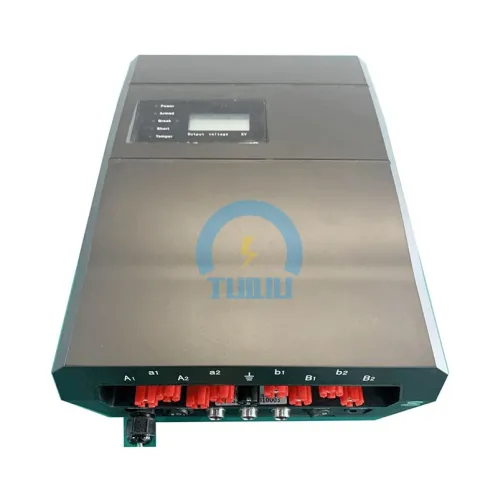How Electric Fence Energizers Work: Principles and Components
Electric fence energizers play a vital role in powering electric fences, providing the necessary energy to deliver an electric shock when contact is made. This article explores the principles and components that make electric fence energizer work, shedding light on their operation and the key elements involved in their functionality.
Electric Fence Energizer Basics
Electric fence energizers are devices that convert electrical power from a power source, such as a battery or mains electricity, into a high-voltage pulse that energizes the electric fence. The energizer stores and releases electrical energy in the form of pulses, creating a temporary electric circuit when an animal or object touches the fence. The energizer delivers a brief, high-voltage shock that serves as a deterrent without causing harm or long-term injury.
Key Components of Electric Fence Energizers
Electric fence energizer consist of several essential components. The power source, whether it is a battery, solar panel, or mains electricity, supplies the electrical energy needed. The energizer unit includes circuitry that regulates the voltage and controls the pulse generation. It also houses safety features, such as surge protection and fault detection mechanisms. The output terminals connect to the fence wires, enabling the transfer of the high-voltage pulse.

Voltage Step-up and Pulse Generation
Electric fence energizers employ a voltage step-up mechanism to transform the low-voltage power supply into a high-voltage output. This process typically involves an electronic circuit called a transformer or an inverter. The transformer utilizes coils of wire to induce a high voltage in the secondary coil, which is then connected to the fence. In the case of an inverter, the power supply is converted into high-frequency AC voltage and then transformed into a high-voltage pulse.
Pulse Characteristics and Timing
The electric fence energizer generates pulses with specific characteristics and timing. These characteristics include the pulse duration, frequency, and voltage. The pulse duration refers to the length of time the shock is delivered upon contact. The frequency determines the number of pulses delivered per second. The voltage is the peak voltage of each pulse. These parameters can be adjusted based on the desired effectiveness of the fence and the type of animals being contained.
Safety Features and Grounding
Electric fence energizers incorporate safety features to protect both animals and humans. Surge protection mechanisms guard against power surges and lightning strikes, safeguarding the energizer and the connected equipment. Fault detection systems monitor the fence for faults, such as wire breaks or grounding issues, and provide audible or visual alerts when problems occur. Proper grounding is crucial for the safe and effective operation of electric fences. Grounding systems consist of ground rods that provide a path for the electric current to flow into the ground, ensuring the shock is confined to the fence and reducing the risk of harm.
Electric fence energizers are essential components that power electric fences by converting electrical power into high-voltage pulses. Understanding the principles and components involved in their operation is crucial for effective and safe fence installation. By harnessing these principles, electric fence energizers provide a reliable and humane method of animal containment and perimeter security.
161
0
0


Comments
All Comments (0)